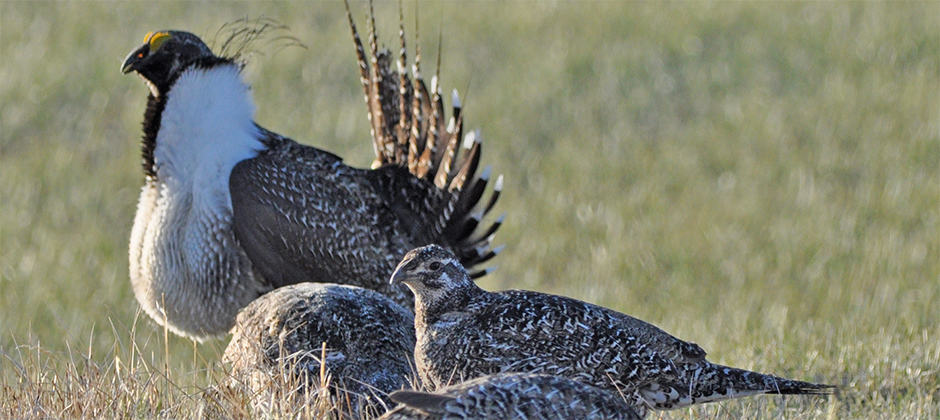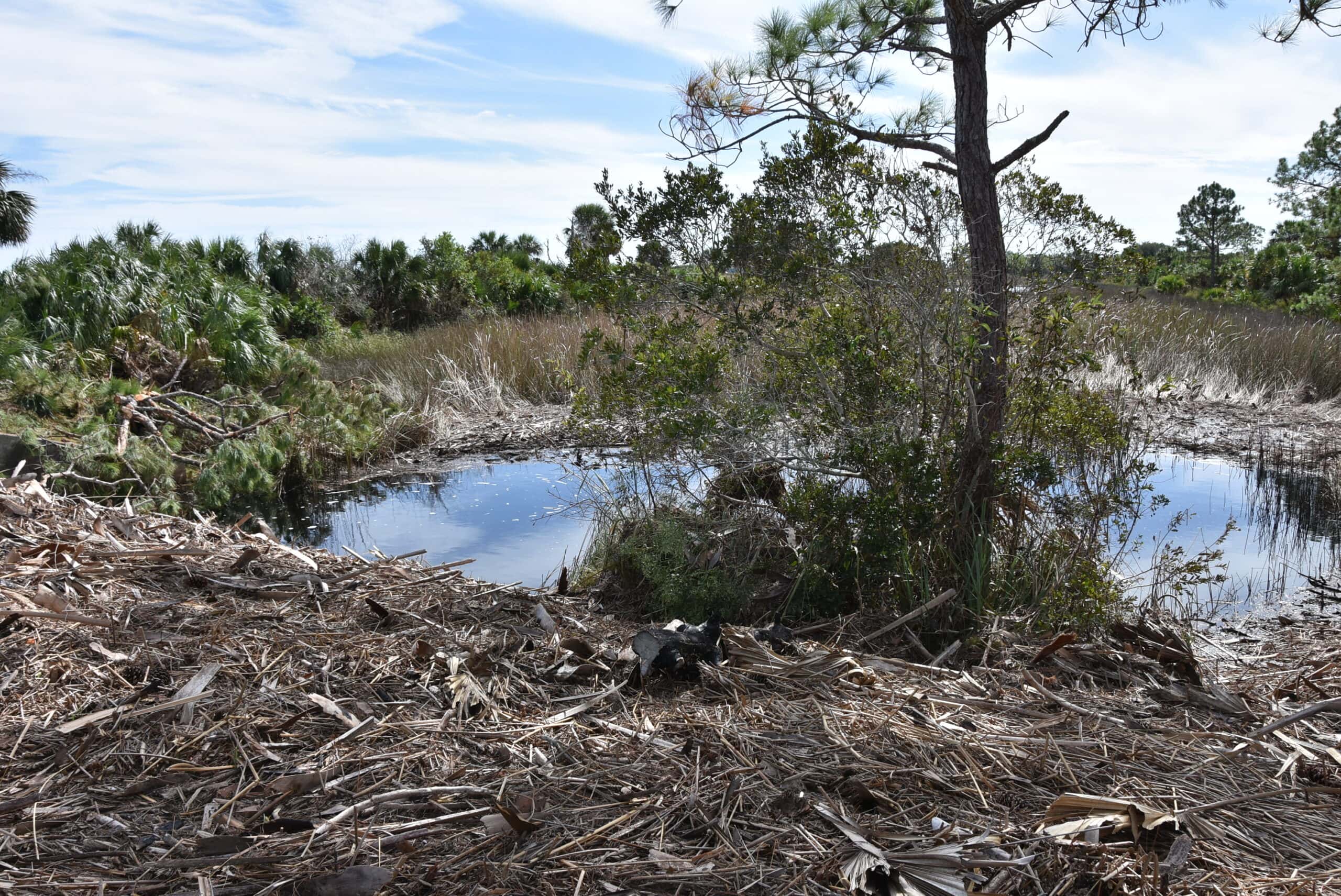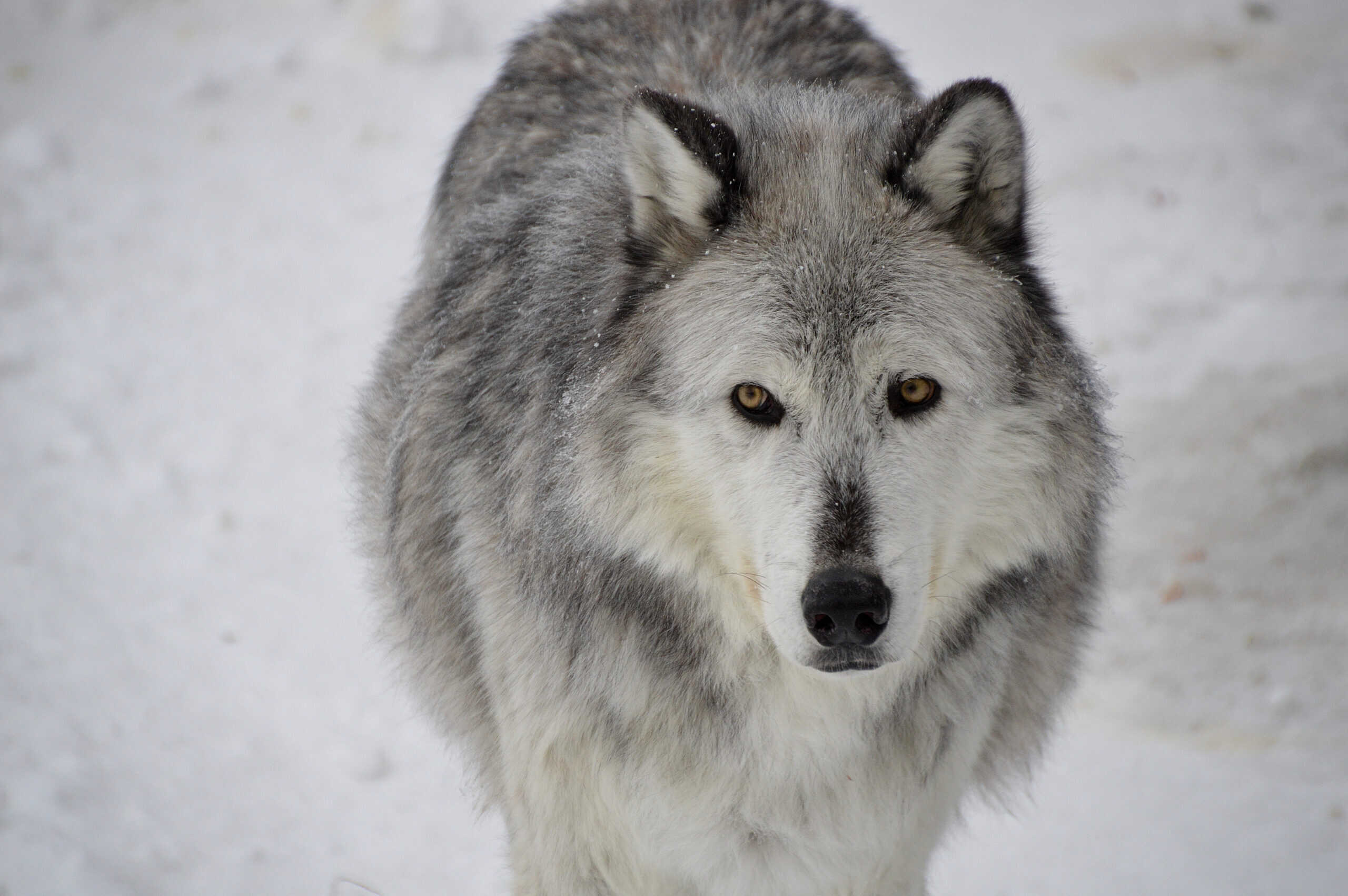Share this article
Network connects data across borders for bird conservation
Birds don’t pay much attention to state lines and national borders. Many have a tendency to fly right over them. And since bird surveys are time consuming and expensive, they tend to focus on small areas over short timeframes. So, when it comes to tracking bird status, conservationists face a big challenge. Data may be limited, yet species could range for thousands of miles.
That’s where a collection of bird survey data from across the United States — and across national borders — can help.
“To have a collection of data from numerous different contributors that can be synthesized to be used in summaries and analysis, that is constantly growing to fill in data gaps, and that spans across borders is very powerful,” said Meghan Sadlowski, an environmental scientist with the U.S. Fish and Wildlife Service’s Division of Migratory Bird Management.
Here’s where the Avian Knowledge Network can help, especially after the development of the new Federal Avian Data Center.
Over 10 years old, the AKN was designed to be both a warehouse and a toolkit allowing users to share data, access conservation measures and work with interactive maps, models and siting tools. It centralizes bird survey data from over 100 contributors, including federal and state agencies, bird conservation organizations and citizen scientists.
It’s comprised of a number of regional, species-specific and theme-based nodes, including the Federal Avian Data Center, which Sadlowski coordinated bringing into the fold this year. “A lot of the federal agencies collect their own data and they wanted to know where they could put them once they were collected,” she said. “But they also wanted to be able to use those data with other existing datasets collectively for doing better bird conservation or answering questions that they commonly have about birds.”
Each node is supported by a partnership of agencies and organizations that collect data for their own nodes and meet with representatives from throughout the network to develop it.
Recognizing the value of the existing AKN, several federal agencies pooled their money to enhance it, building new features that would benefit not just federal agencies, but the AKN community as a whole.“All these good data were already being collected within the AKN, but stored in separate warehouses,” Sadlowski said. Users needed a system that consolidated the data and made it easier to share, search and analyze, as well as easier to enter data. The funding from federal agencies allowed developers to create tools for users to interactively query the dataset and view maps and graphs in their areas of interest.
Users can conduct queries across the AKN, which currently includes most of the U.S. and its territories, as well as parts of Canada, Mexico and Central and South America, and the range continues to grow.
The new development allows users to upload large datasets, download public datasets and easily find information about datasets. The website was improved to make products, information and tools in each node more discoverable. Tools and information outside the AKN are being co-located within the new Federal Avian Data Center.
“The goal of the AKN is not to re-create the wheel,” Sadlowski said, but to find ways to share knowledge and tools among the bird conservation community. “It’s not just a matter of continuing to improve the AKN, but also continuing to coordinate with others who are collecting relevant data and creating similar tools and products.”
Both node-specific and broader tools are already being used by multiple organizations. Bird Conservancy of the Rockies developed a Data Explore Tool which generates population estimates for multiple species at various temporal and spatial scales.
“The tool helps guide management decisions in the Great Plains and Intermountain West,” Sadlowski said. Last year, Klamath Bird Observatory worked with partners to examine the efficacy of sagebrush priority areas in conserving sagebrush-dependent birds by creating species distribution models for sagebrush birds throughout the Great Basin.
Broad-scale tools, like the migratory bird section of the U.S. Fish and Wildlife Service’s Information for Planning and Consultation tool, use data from across all AKN datasets — even those associated with a specific node. Useful to a variety of audiences seeking information about bird occurrence, it can help inform conservation and management decisions, including the placement of development and conservation projects and timing of activities to reduce impacts.
Partners and sponsors of the AKN are numerous and growing, as are data contributors. The Klamath Bird Observatory, Bird Conservancy of the Rockies, U.S. Fish and Wildlife Service, Bureau of Land Management and National Park Service all contribute data and assist in the continued growth and development of the AKN system.
AKN datasets include citizen science observations from the Cornell Lab of Ornithology’s eBird and the United States Geological Survey’s Breeding Bird Survey; Department of Defense surveys of installation grounds; government seabird surveys; U.S. Fish & Wildlife Service Refuge Inventory and Monitoring data; and surveys of desert birds conducted by the Bureau of Land Management.
Participants hope the AKN continues to expand.
“When we have all of our data and information in the same place, we can leverage it collectively to improve learning and cost-sharing opportunities that will ultimately help us make more informed, more efficient, and more coordinated decisions for bird conservation,” Sadlowski said.
The Bureau of Land Management is a Premier Partner of The Wildlife Society.
Header Image: Birds surveys tend to focus on small areas and time scales, but birds’ ranges can span thousands of miles. ©Jerry McFarland








